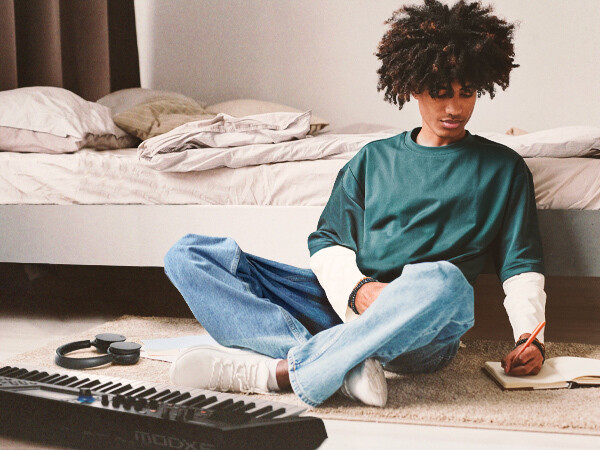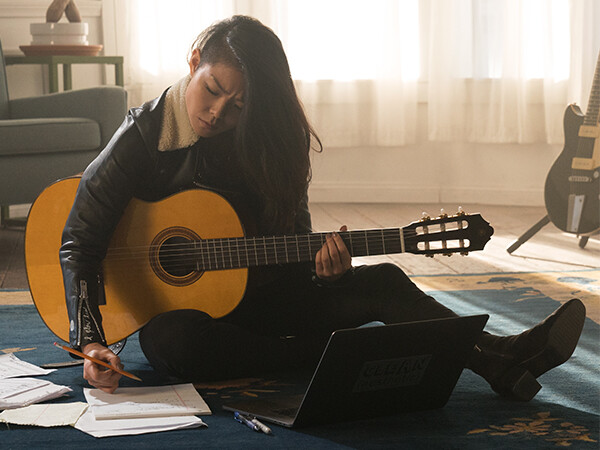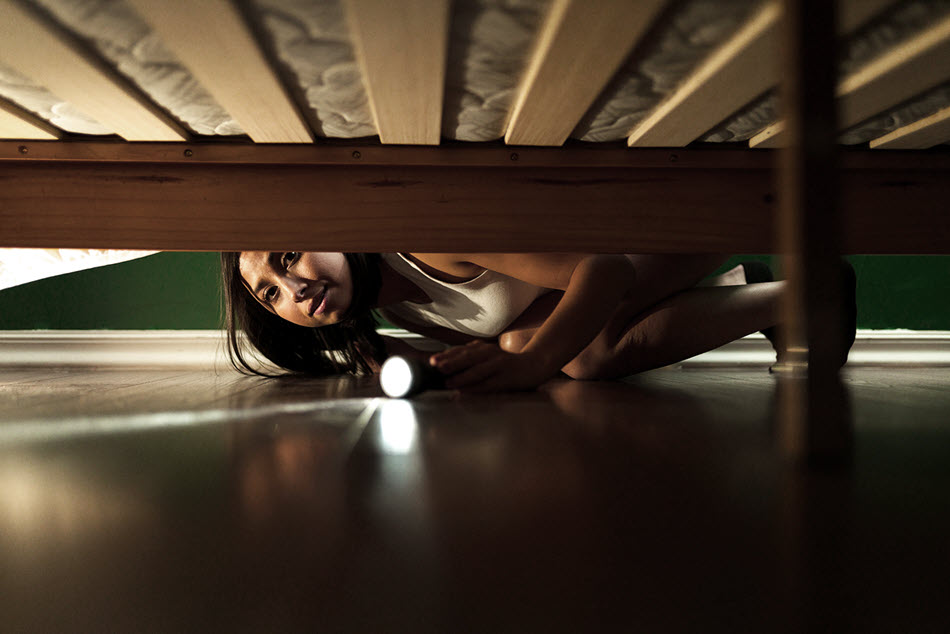Collaborating with Your Dreams
Lucid dreaming can lead to creative breakthroughs.
Have you ever conceived a song inside a dream? Or at least stumbled on the essence of a lyric or melody that had been eluding you for weeks?
If the answer is yes, I’m not surprised.
You may be familiar with Paul McCartney’s recollection of how “Yesterday” came to him in golden slumber. It was originally called “Scrambled Eggs” — not exactly a sizzling title, but the right number of syllables and the beginning of an epic song’s evolution.
Recently I was intrigued by an online article about “lucid” dreaming — the state in which a dreamer is aware that they’re dreaming. Recent findings show it’s actually possible for the dreamer to influence the outcome of a lucid dream by taking control of the narrative or the characters — metaphorically grabbing the steering wheel — if they’re mindful enough to initiate the action.
There’s no guarantee you’re going to lucid dream, of course. However, apparently you can be trained to “go there” by receiving a signal during your slumber that was established beforehand, while you were awake. A beep. A finger snap. The dreamer can then twitch or move their eyes in response to the cue, signaling they heard it and that it registered.
So if this kind of subconscious cueing can manipulate behavior in our dreams — that is, give us the power to shoo away a nightmare or say the words we’ve longed to say to a dearly departed loved one — I wonder if it could free up creativity as well, like it did for Sir Paul.
It appears so. In fact, as one researcher puts it, “People often use lucid dreaming … for a kind of artistic, creative inspiration.” In a Psychology Today article entitled “Do Lucid Dreams Promote Creativity?” author Patrick McNamara adds, “People who learn to ‘incubate’ a problem in their dreams are often able to reliably dream up a solution — one that may not always solve the problem immediately, but that they later judge to have been significantly helpful in devising a ‘real’ solution. Lucid dreaming, in particular, has been positively linked both with creativity and with problem-solving successes.”
I consider sleep a valuable collaborator. I have yet to pen a “Yesterday,” but I’ve noticed that if I doze off while obsessing over a lyric I often continue the quest into my dream life … even without being prompted. In the morning (or perhaps later in the afternoon), it occurs to me that the words on the tip of my tongue were born in that fuzzy vignette.
Imagine how much more productive my dreams and I would be as a team with some direction!
Taking things a step further, couldn’t the power of suggestion during a state of clarity yield deeper truths? This is an ingredient that’s not always as accessible as a songwriter might hope. There’s all sorts of baggage that separates us from it. Yes, it can be a painful place to go, but sometimes it’s a place we need to go. From authenticity come the songs that make eyes widen, cars pull over, hearts beat faster. We can do it. It’s just that we may need a little help now and then — an accomplice’s voice encouraging us to grab the wheel.
With the help of an awake person, it could be possible to combine the logical advantages of being conscious with the creative world revealed in our dreams. What a powerful combination!
Perhaps you have a “sleep partner” who’d be willing to participate in some experimental songwriter dream-therapy with you — someone who would wait until you’re very still and breathing deeply and then whisper into your ear: “What are you really trying to say in your new song?” “Do you feel something that makes you uncomfortable?” “Is there a tonal range you’re neglecting to explore?” As songwriters, these are all questions we should be asking ourselves.
Oh, did I mention that the iconic opening riff to the Stones’ “Satisfaction” revealed itself to Keith Richards in a dream?
It did.
I think I feel a nap coming on.
















